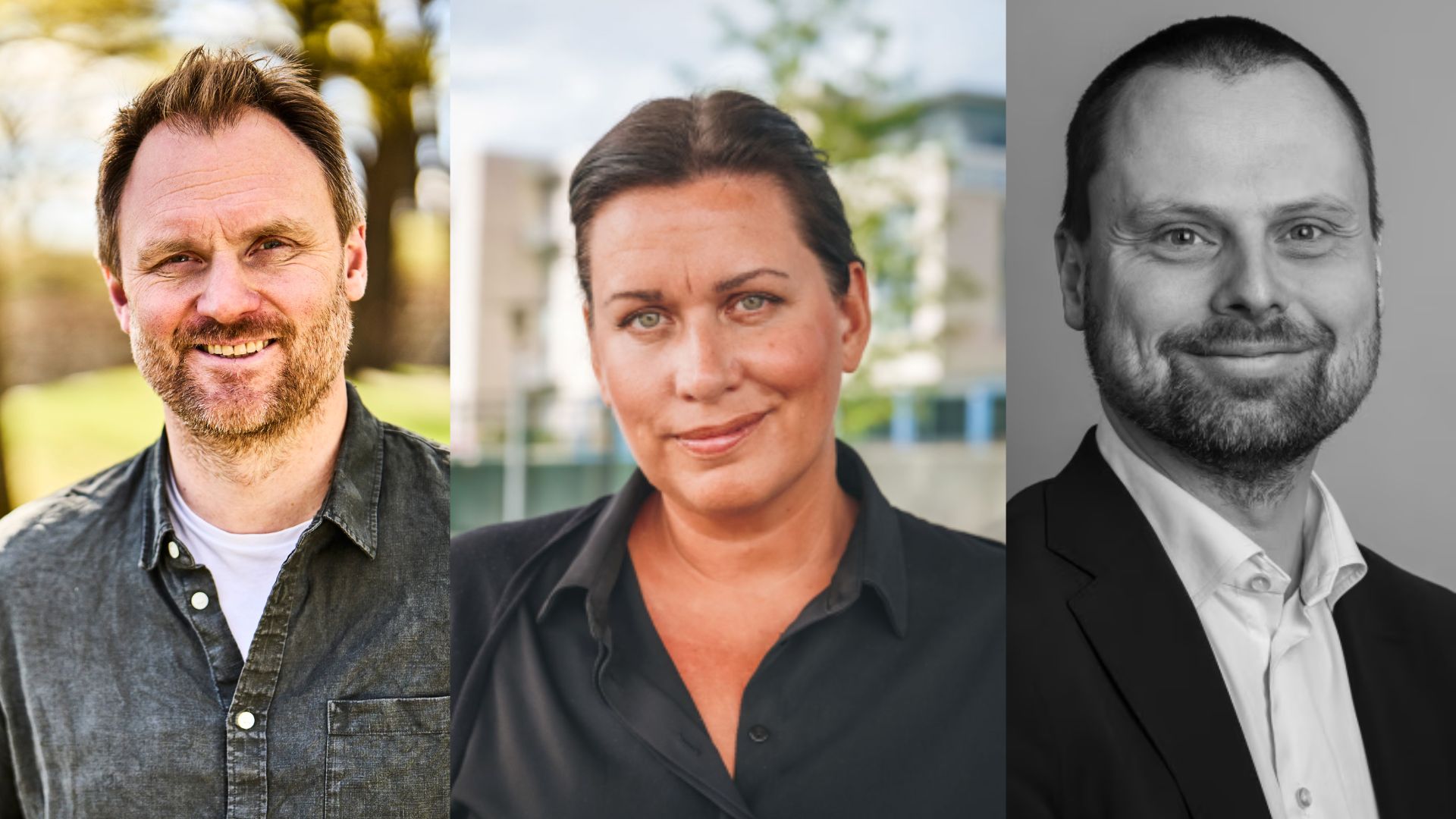
As the world’s population continues to grow, and the climate crisis intensifies, we need access to more healthy, protein-rich food produced in a sustainable manner with minimal environmental impact.
Aquaculture is part of the solution.
Even though the carbon footprint of salmon and trout is among the lowest per produced kilogram of protein compared to other protein sources like chicken, lamb, and beef, there are still opportunities for effective and beneficial measures to further reduce their environmental impact.
Through a planned transformation, we aim to utilize well-known and accepted technology in new and unique ways, thus developing and delivering zero-emission systems that can make a significant portion of both sea-based and land-based aquaculture facilities self-sufficient in energy, both nationally and internationally.
We will provide green, self-produced energy to a rapidly growing global aquaculture industry. Through collaboration with the Norwegian aquaculture sector and world-class Norwegian technology suppliers, we are developing circular zero-emission solutions.
A significant portion of aquaculture facilities located in fjords and along Norway’s extensive coastline are connected to onshore power sources. However, many of these facilities are situated in areas with underdeveloped infrastructure, making the connection to the power grid very costly or practically impossible in regions where electrical access is limited or absent. These facilities currently meet their energy needs by using diesel generators as their energy source, resulting in significant noise and CO2 emissions.
By combining self-generated green electricity from our floating solar power plant and battery storage, significant reductions in noise and CO2 emissions can be achieved, as the use of diesel generators can be significantly reduced. During periods of good solar energy production, it’s possible to turn off the generators completely and utilize 100% emission-free electricity produced from solar energy. This will also lead to improved working conditions on the feeding barge, free from noise, vibrations, and exhaust emissions.
Inseanergy provides green energy to the aquaculture industry using floating solar power plants built on reused fish farming cages. In collaboration with our customers and expertise networks, we aim to develop and deliver zero-emission systems over the next few years that will make aquaculture facilities self-sufficient in energy. Together with the aquaculture industry, we are taking a green leadership role, both in transitioning to a circular economy and in limiting carbon emissions.
Reuse of Fish Farming Pens
Resource scarcity increases the need to extend the lifespan of products and reduce excessive material use, which often ends up in the ocean and threatens vulnerable ecosystems. Excess fish farming cages have both environmental and profitable value for the aquaculture industry. In Norway alone, over 1,000 fish farming cages with a circumference of 120 meters are scheduled for replacement in the coming years. Additionally, several fish farming cages, regardless of circumference, will be replaced. Today, the disposal of fish farming cages is an expense for fish farmers. We facilitate the reuse of fish farming cages (cage rings) as a resource and platform for our floating solar power plants.
Zero Emissions
With significant emissions reductions and, eventually, zero emissions, our solutions contribute to limiting global warming. Inseanergy is developing a system of floating solar cell modules that produce emissions-free energy for the operation of aquaculture facilities. The long-term goal is to create a self-sustaining renewable energy system for a rapidly growing aquaculture industry. The solution will be particularly well-suited for aquaculture facilities in regions with limited power supply and in areas vulnerable to emissions. We will explore opportunities to eventually achieve self-sufficiency for other input factors such as oxygen, heat, and freshwater, as well as provide energy to other parts of the value chain, such as wellboats and service vessels.
Profitable Investment
For aquaculture operators, this will lead to reduced fuel costs and lower maintenance expenses due to reduced generator operating hours. In addition to a significant reduction in operating costs on the feeding barge, there will be less need to refuel diesel on the feeding barge, thereby reducing the need for fuel bunkering or transportation from the mainland.
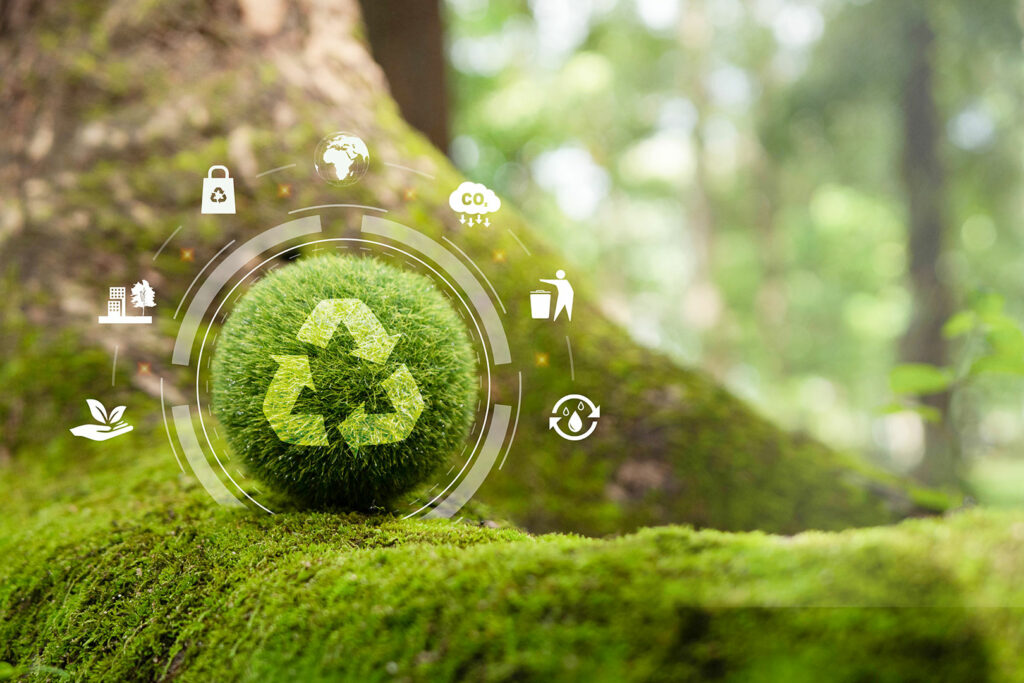
Excess plastic fish farming cages, once used for aquaculture, reused into floating solar power plants.

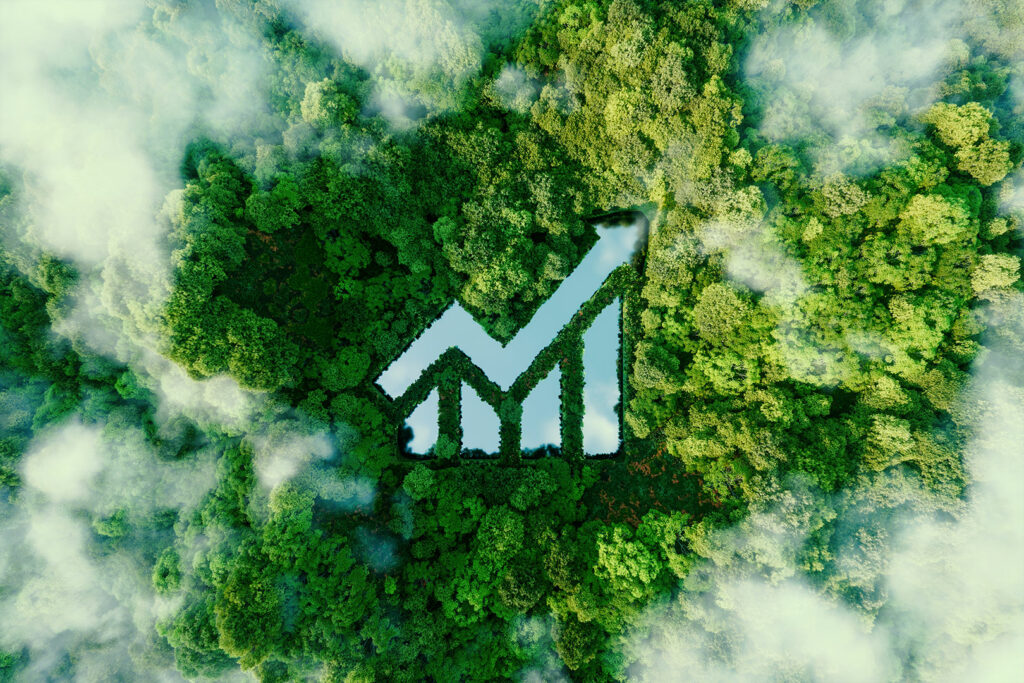
Reduced use of fossil fuels – beneficial for the environment, people, fish, and the customer’s finances.
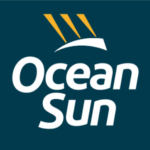
We have a strong focus on creating value for our customers in the aquaculture industry, and, therefore, we place great emphasis on developing solutions based on the specific needs of our customers at various local and international locations.
Together, we constitute a broad expertise network spanning aquaculture, maritime, energy, and hydrogen sectors.
Our business model will evolve over time in step with the rapid developments in new renewable energy solutions in marine-based industries.
There is now a heightened willingness to collaborate in new partnerships with a high degree of matured solutions. This enables us to choose from various suppliers, reduces the risk of bottlenecks or loose ends, and increases the opportunities to engage proactive collaborators in the next phases.
Floating Solar Technology
Ocean Sun has developed a patented technology based on solar panels attached to a hydroelastic membrane that offers benefits in terms of cost-effectiveness and energy generation. Through extensive testing, validation, and deliveries, Ocean Sun has demonstrated that the technology is very well-suited to our primary market, namely operations in the aquaculture industry.
Furthermore, the solar panels come with both product and performance guarantees, providing the market with confidence in adopting this type of technology.
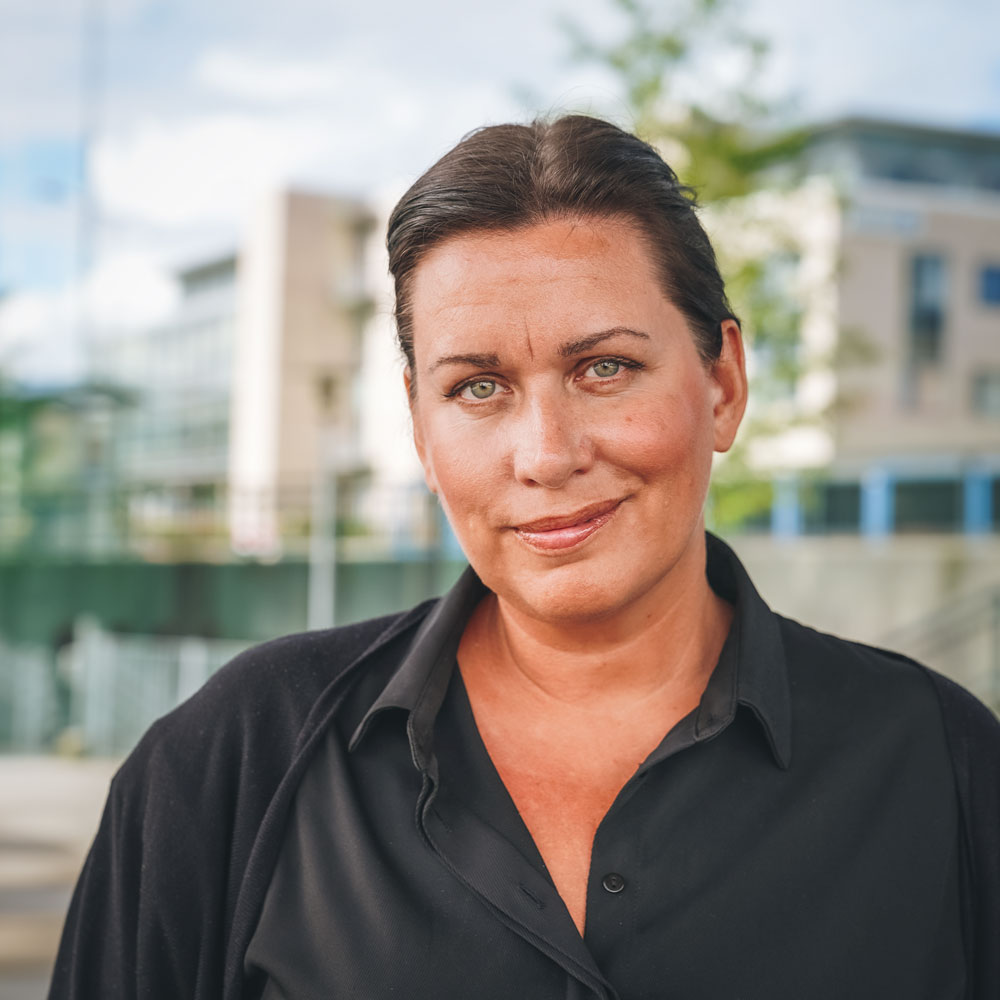
kekh@inseanergy.no
+47 932 63 208
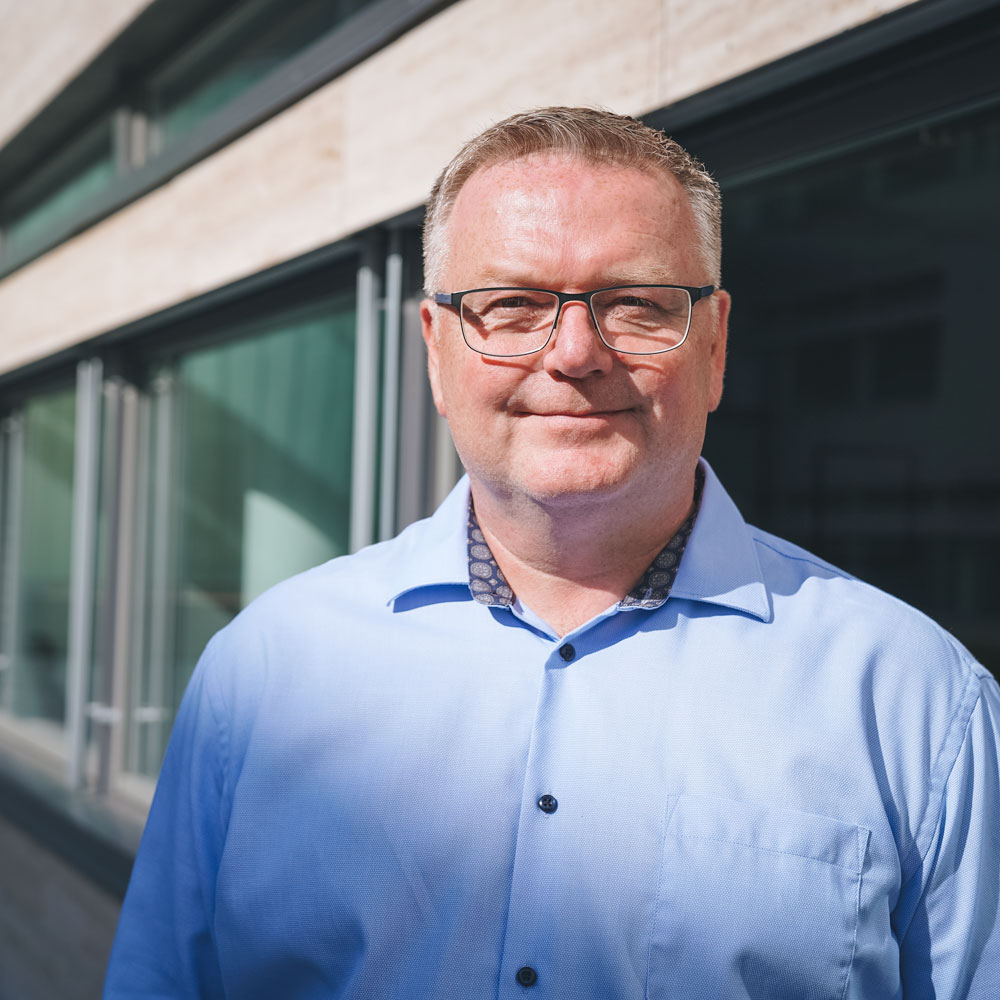
jevk@inseanergy.no
+47 986 96 040
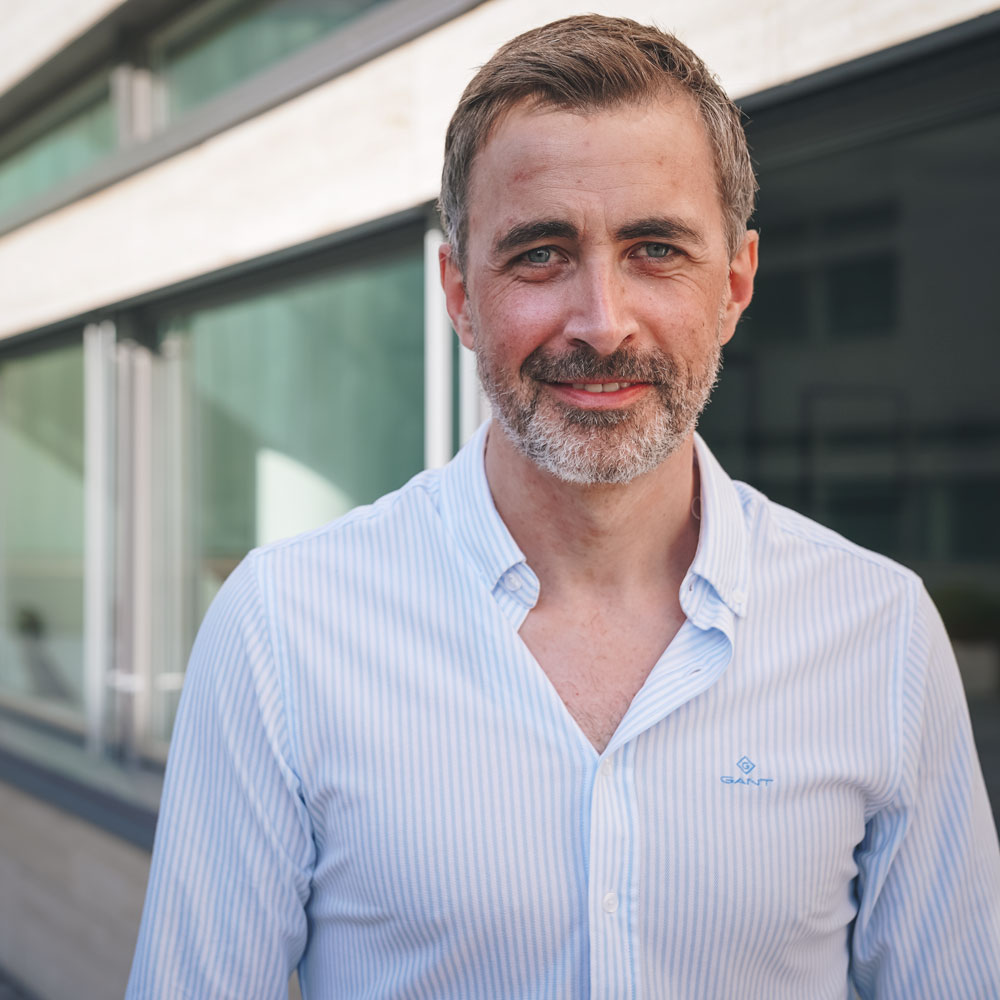
er@inseanergy.no
+47 416 46 787
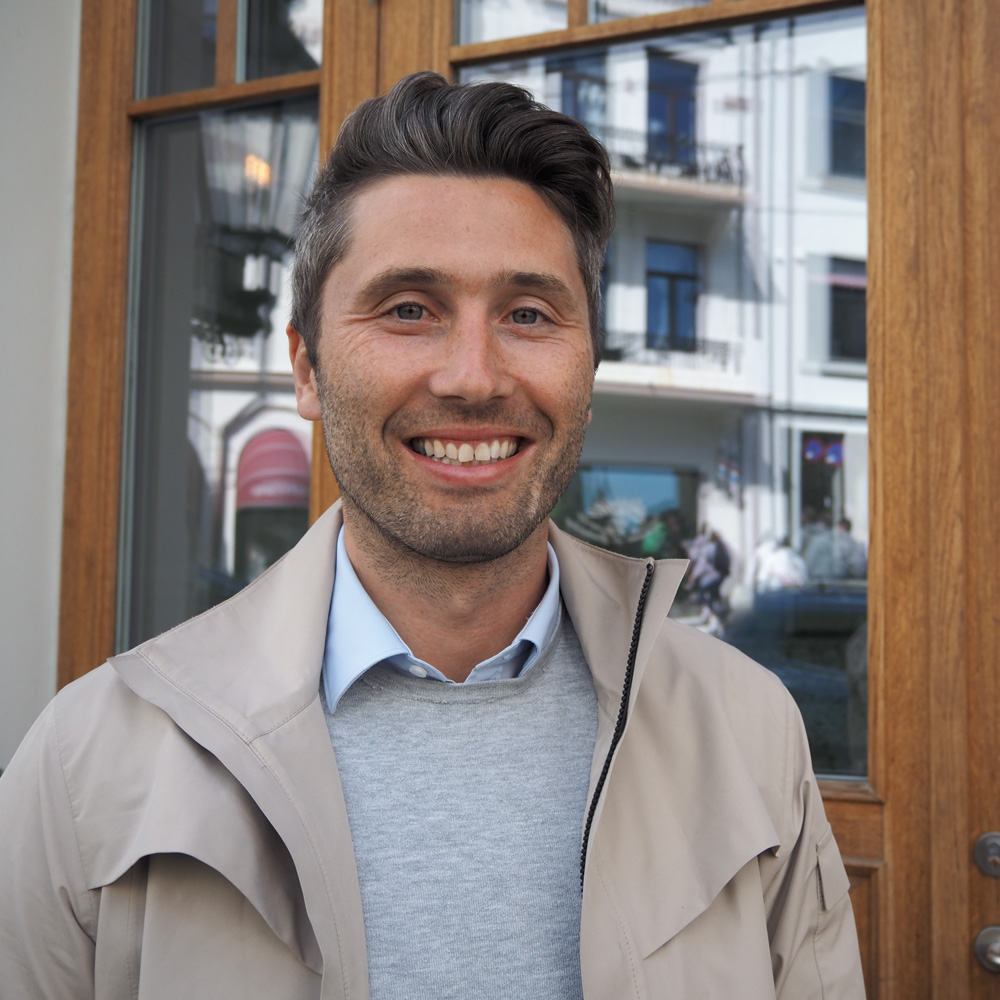
egil.hjelmeland@inseanergy.no
+47 991 07 065